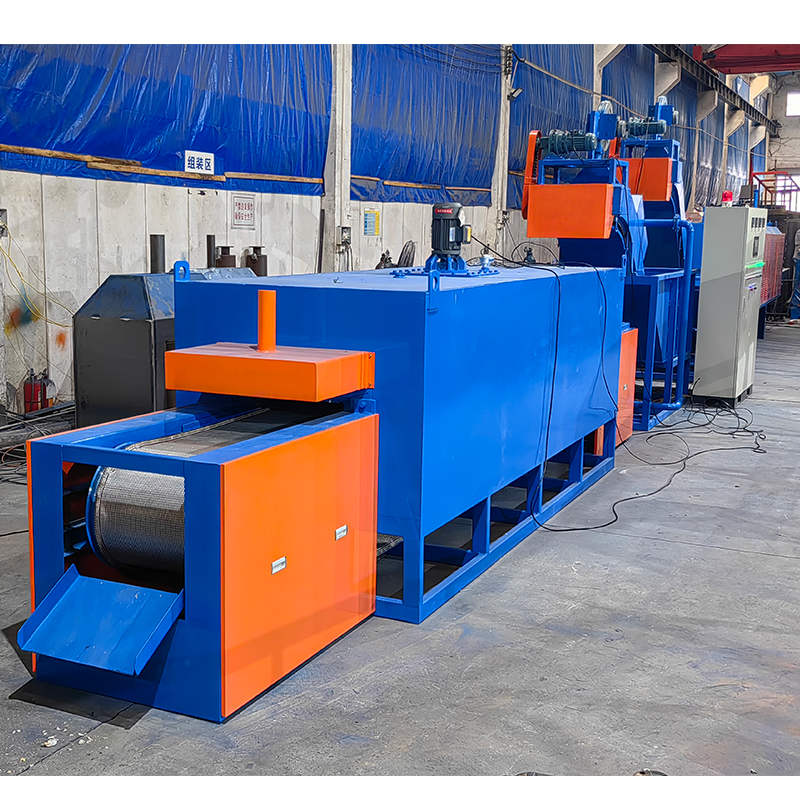What is the structure of the box furnace
Feb. 18, 2025
Box furnace structure
The chamber of the box-type furnace is made of stainless steel plates, and it is enclosed in a heating and hot air circulation cavity. The hot air flows in the furnace, which greatly improves the temperature uniformity. Due to the stirring of hot air, the convection and soaking effect of the atmosphere in the furnace is strengthened.
The hearth and the hearth are designed to be separated, and the hearth is placed on the load-bearing rollers at the bottom of the hearth, which can slide freely back and forth. When the furnace is heated, it can extend freely along the length.
In order to prevent the hot gas leakage in the furnace, the furnace door is designed with two layers of seals from the inside to the outside. The inner layer is sealed with ceramic fiber ropes, and the outer layer is sealed with silicone rubber seals. In order to extend its service life, a stainless steel cooling water jacket is designed at the furnace mouth seal for cooling. The door lock adopts a multi-point hand wheel rotation locking mechanism, which can evenly lock the door around at the same time. In addition, the furnace door fixing device is installed on the end of the furnace, and adopts a movable double hinge mechanism, which can move with the free extension of the furnace, and the sealing effect is better.
An exhaust chimney is designed on the top of the equipment to discharge a large amount of exhaust gas and smoke generated during the heating process. The discharge flow can be controlled by the damper adjustment handle.

Control system design:
The control system is integrated on the furnace body. The intelligent program temperature controller is selected, and the adjustment of the temperature curve is carried out by setting automatic control. The control quantity is formed by linear combination, and the control object is controlled. The temperature controller receives the signal detected by the thermocouple and controls the power module.
Fan location design:
The fan is located at the rear of the furnace, and blows air through the heating element through the volute and the air ducts on both sides. After the atmosphere is heated, it enters the furnace horizontally to uniformly heat the workpiece, and then sucks in the circulating fan through the rear suction port to fully circulate and stir.
Diversion device design:
The volute has a great influence on the performance of the fan. If the volute is removed, the performance of the fan will drop by more than 50%. The hot blast box furnace adopts a double-circulation method. The fan is placed at the rear of the furnace body. There are two circulating air ducts on both sides, and the rear volute discharges air in both directions.
In the hot air cavity, due to the limited space, the expansion section of the volute is short, the outlet area is large, and the air pressure loss is large. When designing the volute, the shape of the guide vane should be reasonably diffused, and the number of guide vanes should be 4-8. The installation angle of the guide vane is determined according to the shape of the impeller and the flow rate. The width of the volute is designed so that it does not touch the impeller.









